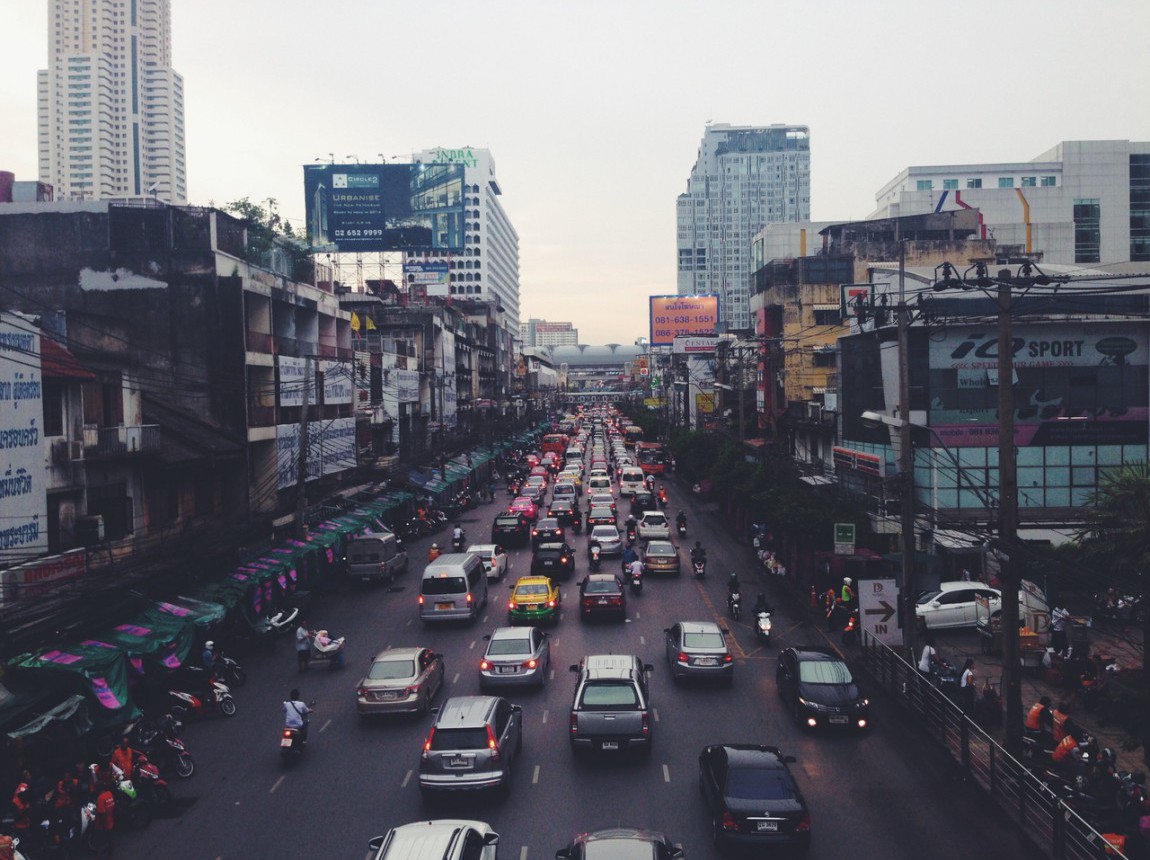Related

Mar 18,2014
The Unintended Consequences of Rent Regulation
by
Alejandra Rangel Smith

Feb 19,2014
Alain Bertaud: Cities as Labor Markets
by
Brandon Fuller
NYU Stern Urbanization Project Senior Research Scholar Alain Bertaud recently traveled to New Zealand to give several lectures on urbanization and urban transportation, including to The New Zealand Initiative in Wellington. There he recounted that
He then spoke to the group about features of city, like density and spatial form, which cannot be planned but are rather determined by individuals operating in a market. Cities are no longer monocentric, for example. Even in cities that are thought to be monocentric, like New York, only 30% of commuting trips are to and from or within Manhattan. All of the rest are suburb to suburb. Similarly, the urban village model, where people live and work near one of multiple centers within a city, does not exist. A city is one labor market, and residents don’t typically move their household and job simultaneously within the city.
Cities often try to control urban features that are best left to the market process. Bertaud recounted how in New York the garment industry was once located in Manhattan. As Manhattan developed and rents rose, garment factory owners decided to move to less developed parts of the city. These areas, however, retained their industrial zoning, and the building sat empty for many years. This was a loss to the landowners and the city, which was getting no productive use or property tax out of those lots. Squatters began to occupy the buildings, and the area was eventually rezoned to allow for residential uses.
Cities need to plan for public space, especially roads and parks, which would be undersupplied if left to the market. The challenge for urban planners is to work to enable the decisions of the market, not to “correct” the market into whatever plan the urban planner believes is ideal.
Please fill out the information below to receive our e-newsletter(s).
*Indicates required.